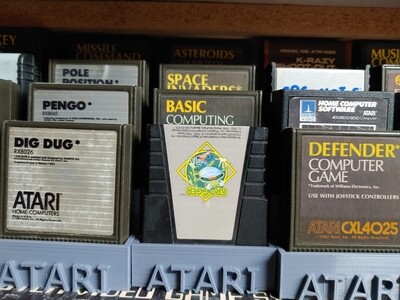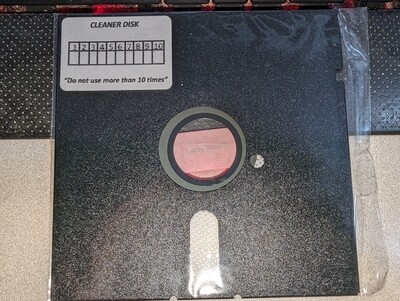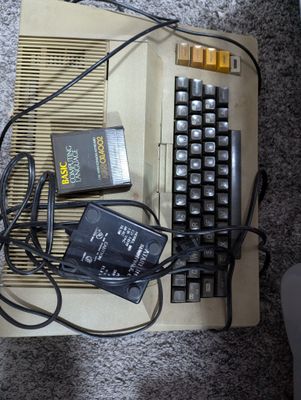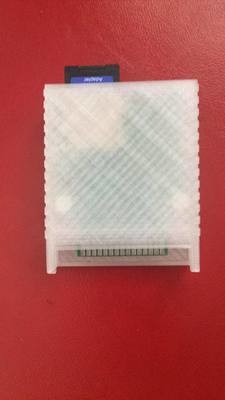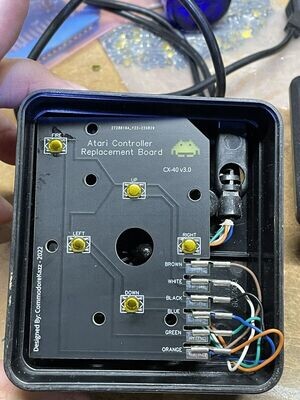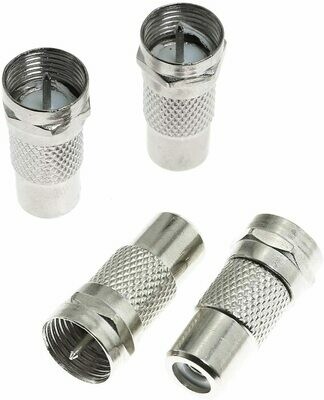Atari 400/800
The Atari 8-bit family is a series of 8-bit home computers introduced by Atari, Inc. in 1979 [2] and manufactured until 1992. All of the machines in the family are technically similar and differ primarily in packaging. They are based on the MOS Technology 6502 CPU running at 1.79 MHz,[a] and were the first home computers designed with custom co-processor chips. This architecture enabled graphics and sound capabilities that were more advanced than contemporary machines at the time of release, and gaming on the platform was a major draw. Star Raiders is considered the platform's killer app.
The original Atari 400 and 800 models launched with a series of plug-n-play peripherals that used the Atari SIO serial bus system, an early analog of the modern USB.[3][b] To meet stringent FCC requirements, the early machines were enclosed in a cast aluminum block, which made them physically robust but expensive to produce. Over the following decade, the 400 and 800 were replaced by the XL series, then the XE. The XL and XE are much lighter in construction and less expensive to build, while also having Atari BASIC built-in and reducing the number of joystick ports from 4 to 2. The 130XE, released in 1985, increased the memory to 128K of bank-switched RAM.
The Atari 8-bit computer line sold two million units during its major production run between late 1979 and mid-1985.[4] They were not only sold through dedicated computer retailers, but department stores such as Sears, using an in-store demo to attract customers.[5] The primary competition in the worldwide market came several years later, when the Commodore 64 was introduced in 1982. This was the first computer to offer similar graphics performance, and went on to be the best selling computer of the 8-bit era. Atari also found a strong market in Eastern Europe and had something of a renaissance in the early 1990s as these countries joined a uniting Europe.
In 1992, Atari Corp. officially dropped all remaining support of the 8-bit line.[6]


